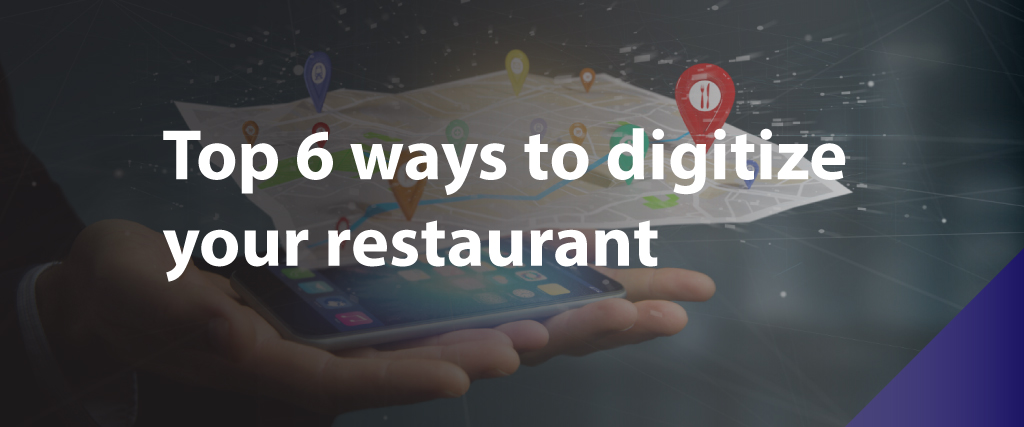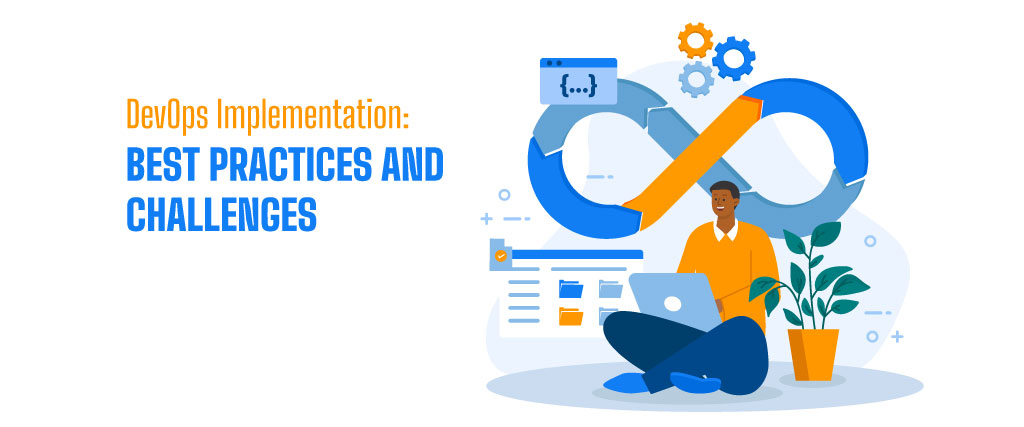Digitize your Restaurant: Diner technology has come a long way. Technology has increased leaps and bounds, from a single cash register to a central control point for all operations.
Digitize your Restaurant, There are many places in the restaurant room where technology plays a crucial role, with restaurant operations being one of the most significant ones.
You should know how to use the online network as an independent or small chain company owner to make your business accessible and stand out.
To keep your company in front of the clients you are seeking, it is important to have a successful social media marketing campaign.
You can take advantage of other tactics that can support your restaurant, such as SEO, omnichannel experience, and more, in addition to social media.
In the consumer journey, challenge each move. How will the restaurant be searched online for potential customers?
Is the website optimized and does it have the best user interface possible? How are you going to keep faithful clients coming back for more?
It might appear like it is a humongous undertaking and it may not be feasible for a restaurant owner to take it on his own.
This is where you can come to your rescue with technology. Technology can help you expedite the entire system of your restaurant and ensures that you have a tight hold on all your restaurant operations.
So try implementing these amazing technological changes to see significant growth ranges.
1. Restaurant Feedback App
Using a Customer Experience App for restaurants, cafes, takeaways, and distribution channels to gain deep insight into the overall customer experience and employee results in under a minute, and expand the company and customer base.
This restaurant actional feedback app will help you improve return customers through the use of a loyalty program and new revenue through the use of a referral program
2. Digital Menus – Digitize your Restaurant
Their menus are one of the many things that restaurants need to sanitize more frequently. In a single day, so many individuals treat them that you can always clean them between each client or throw them out after one use.
This, though, easily becomes inefficient and pricey, as well as unsafe for the waiters and waitresses handling them. Fortunately, now you can render the menus fully interactive. It can either mean that you move it completely online or revitalize your menu board.
There are some benefits of having the menu up on your website, such as optimizing SEO so that prospective consumers can locate your page more quickly while they are looking for something to eat, and even enabling customers to browse for food on their mobile device without touching something in the restaurant.
Online menus are much easier to edit and modify; an online menu helps you to instantly and conveniently do so through all the channels if you wish to rearrange items to advertise those meals, update prices, add photos or change something else.
You will sync the menu to any in-store computer directly with the correct Point of Sale technology.
Your menu is already online and conveniently transferable to the app if you wish to collaborate with a third-party distribution platform.
The in-store menu board can also be replaced with a digital one. These are as basic as the ones on your website to learn, edit and alter.
This not only eliminates duplication but also benefits both buyers and staff without losing readability or benefit.
3. Delivery Apps – Digitize your Restaurant
Restaurants tended to prioritize takeaway food and distribution during quarantine because they could no longer earn profit from dine-in services, which usually keep restaurants alive.
Despite the removal of self-isolation prohibitions in many nations, people stay nervous about leaving their homes until they can be confident that this pandemic is over; hence, distribution continues to prosper right now.
4. Contactless and Easy Payment Methods
Under this pandemic, restaurants had to work out how to make it better for everybody to spend.
That’s the only thing everybody needs to do and it involves vital staff to come into close communication with any single customer, save for self-checkout.
This poses a major problem because swapping money or cards has a tremendous opportunity to disperse germs since hundreds of payments are collected during the day by cashiers and other restaurant staff.
To remove these close encounters, more and more restaurants have adopted different contactless payment systems.
In recent years, near-field communication, also known as NFC or more colloquially as “tap to pay,” has become increasingly common.
Different banks make their cards compliant with this capability. Customers may also use Apple Pay, Samsung Pay, or similar methods that allow them to easily wave their card or phone to process payment near the point of sale terminal. Cards and cash must never change hands at all.
5. AI Technology
During consumer encounters, conversational AI has become much more popular for organizations to use.
Diners use Ai Technology in several various areas, perhaps one of the most popular is addressing customer concerns, inquiries, and demands without obstructing contact lines and eating up the precious resources of employees.
At first, consumers chat on the website or speak to an AI bot on the phone, who will answer their questions, prompt more information, and guide customers to numerous website places that might answer their questions.
If the AI is unable to answer their query or resolve the issue, they can refer the customer to an actual member of the team who can assist them better.
6. Cloud Kitchens – Digitize your Restaurant
Cloud kitchens have recently developed themselves as a worthy addition to the foodservice industry, alternately known as ghost kitchens.
Ghost kitchens are an excellent way to maintain full social isolation between your workers and your clients, with the continued danger of COVID-19 leaving people scared to go out and distribution services booming for the same cause.
Digitize your Restaurant, Many restaurants served like cloud kitchens during quarantine anyway, barring dine-in and takeout facilities and solely running on subscription.
To please their loyal clients, these “virtual restaurants” have no set place for customers to access, forcing them to create their delivery systems or collaborate with third-party applications.
In the foodservice industry, this has always become an up-and-coming trend because restaurant owners save money by not having to hire front-of-house workers.
In comparison, they should hire out smaller rooms, since the cooks just need to work elsewhere. For the user, the whole restaurant experience is online.
Read More:
- TOP 5 FOOD DELIVERY APPS IN INDIA 2021
- TOP 5 ON-DEMAND FOOD DELIVERY APPS IN INDIA
- MAKE YOUR OWN HYPERLOCAL DELIVERY MOBILE APP IN THE GUIDANCE OF YUGASA
























